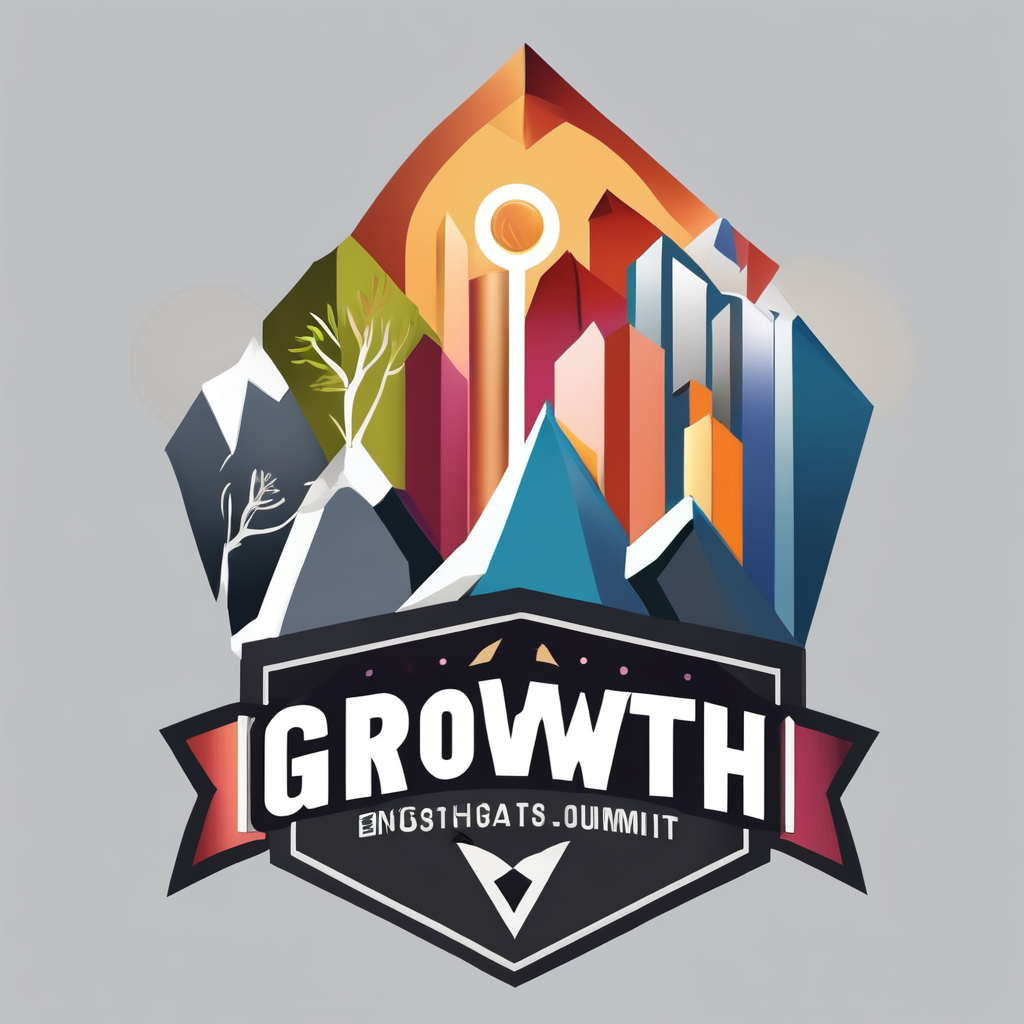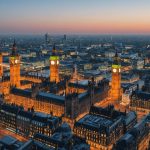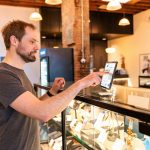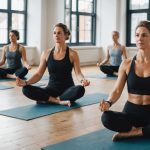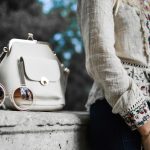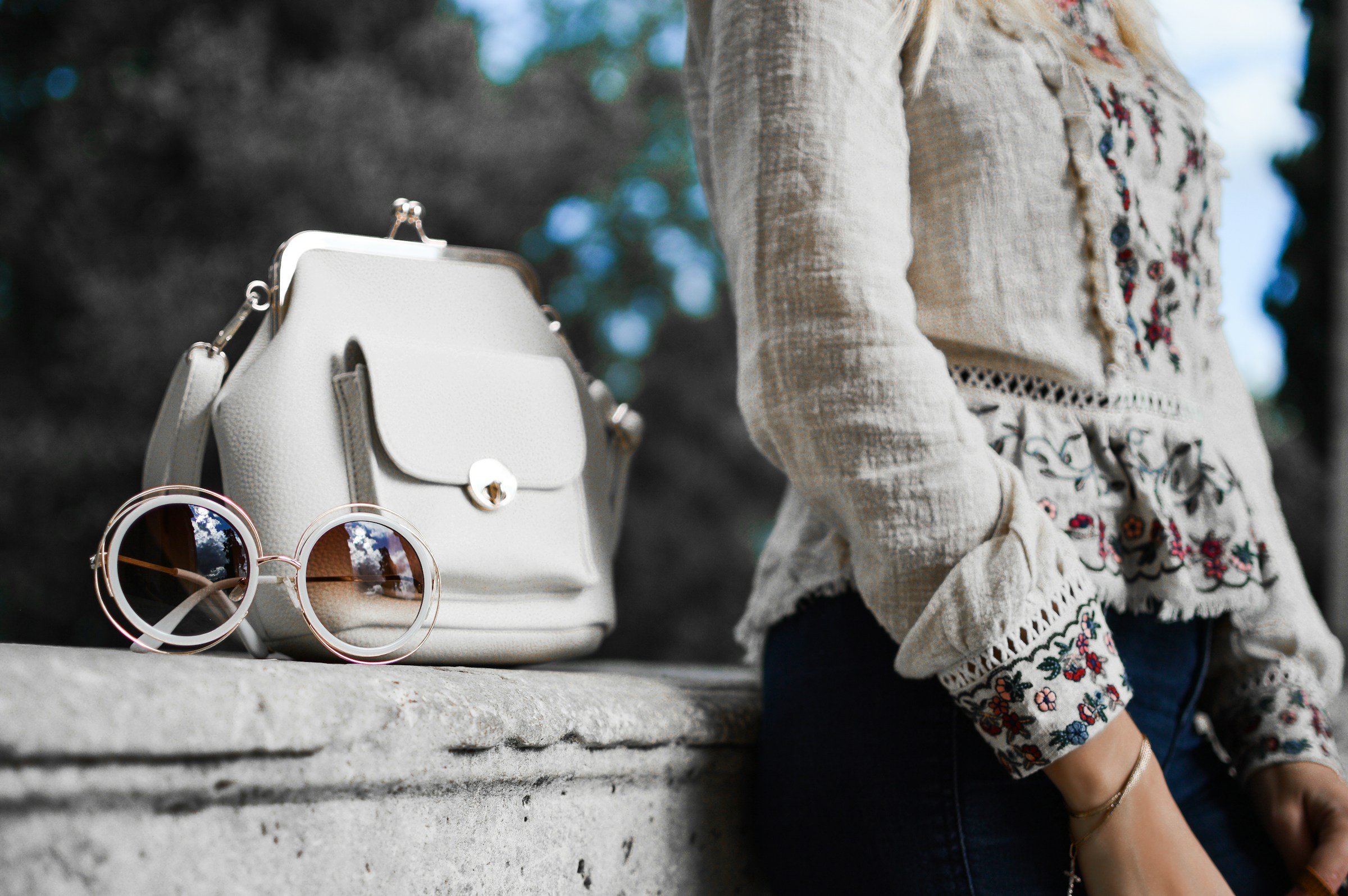Fashion Week is a golden opportunity for UK designers to showcase their creativity and gain exposure. Mastering Instagram can amplify this visibility, allowing standout pieces to shine. This guide provides practical strategies tailored for fashion designers, focusing on effective storytelling, engaging visuals, and tactical use of hashtags. Discover how to elevate your brand and connect with your audience, turning Fashion Week moments into lasting impressions. Get ready to unlock the full potential of your Instagram presence and make your mark in the fashion industry!
Understanding the Importance of Instagram for Fashion Designers
In the dynamic world of fashion, Instagram for Fashion Designers has become an essential tool. Its impact on the fashion industry is undeniable. Instagram allows designers to showcase their creations to a global audience, breaking geographical barriers and reaching potential customers instantly.
Also to read : Unlocking Community: Strategies for UK Financial Advisors to Leverage Facebook Groups for Client Engagement
Visual storytelling is at the heart of fashion marketing on Instagram. Designers use this platform to craft compelling narratives around their collections. By sharing high-quality images and videos, they can communicate their brand’s ethos and aesthetic in a visually engaging manner. This approach resonates well with Instagram’s audience, which is primarily driven by visual content.
Statistics further highlight Instagram’s significance for fashion brands. Engagement rates on Instagram are notably higher compared to other social media platforms. Fashion brands on Instagram experience an average engagement rate of 1.60%, which is significantly higher than platforms like Facebook and Twitter. This high engagement translates into increased brand visibility and customer loyalty.
Also to read : Unlocking TikTok: Strategies for UK Fitness Trainers to Showcase Workouts and Gain New Clients
For fashion designers, Instagram is not just a platform for promotion but a vital tool for building and maintaining a brand’s identity. By leveraging Instagram effectively, designers can create a loyal community of followers who are genuinely interested in their work.
Crafting a Compelling Instagram Strategy for Fashion Week
Fashion Week presents a unique opportunity for designers to elevate their brand visibility. An effective Instagram Strategy for Fashion Week starts with setting clear objectives. Whether it’s increasing brand awareness or driving engagement, having defined goals helps tailor your approach.
Next, identifying your target audience is crucial. Understanding who they are and what they value allows you to tailor content that resonates. For example, if your audience is primarily young and fashion-forward, vibrant and edgy content might capture their attention.
Creating a content calendar is vital during Fashion Week. This ensures timely and consistent posting, keeping your audience engaged. Plan posts around key events, such as runway shows and behind-the-scenes glimpses. Highlighting these moments can create excitement and anticipation among followers.
To maximise impact, consider incorporating a mix of content types. Use high-quality images, engaging videos, and interactive stories to showcase your collection. This diverse approach keeps your feed dynamic and appealing.
Fashion Week is a prime time to leverage Instagram’s potential. With a strategic approach, designers can effectively connect with their audience and enhance their brand’s presence during this pivotal event.
Visual Storytelling Techniques for Showcasing Collections
In the realm of Visual Storytelling in Fashion, high-quality images and videos are invaluable. They serve as the foundation for showcasing collections effectively on Instagram. To captivate an audience, designers must focus on creating a cohesive aesthetic. This involves carefully curating images and videos that align with the brand’s identity and theme.
A well-thought-out visual theme not only enhances the appeal of individual posts but also ensures the entire feed tells a unified story. This can be achieved by choosing a consistent colour palette, style, and mood that reflects the collection’s essence. Such consistency helps in building a recognizable brand image.
Instagram Stories and Reels offer exciting opportunities for real-time updates. They allow designers to share behind-the-scenes glimpses, runway highlights, and spontaneous moments, adding depth to the brand narrative. Stories, with their ephemeral nature, create a sense of urgency and exclusivity, encouraging followers to engage promptly.
Reels, on the other hand, provide a platform for creative expression through short, engaging videos. By leveraging these features, designers can maintain a dynamic presence, keeping their audience intrigued and connected to their fashion journey.
Case Studies of Successful UK Fashion Designers
Examining successful fashion designers on Instagram provides valuable insights into effective strategies. Several UK designers have notably excelled during Fashion Week, leveraging Instagram to amplify their brand presence.
One such example is Victoria Beckham, whose Instagram strategy during Fashion Week focused on storytelling and audience engagement. By sharing behind-the-scenes content and interactive Q&A sessions, she created a personal connection with her followers. This approach not only increased engagement but also fostered a community around her brand.
Similarly, Burberry utilised Instagram’s features to showcase their runway shows in real-time. By using Instagram Live, they allowed followers to experience the event as it happened, creating a sense of exclusivity and immediacy. This strategy significantly boosted their engagement rates, as followers felt directly involved in the brand’s journey.
From these examples, we learn that successful campaigns often hinge on authenticity and interaction. Designers who engage directly with their audience, offering unique insights and experiences, tend to cultivate a loyal following. Emphasising real-time updates and personal interactions can significantly enhance a brand’s visibility and connection with its audience.
Best Practices for Hashtags and Captions
To maximise visibility during Fashion Week, mastering hashtags is crucial. Start by researching trending hashtags relevant to your collection and audience. Tools like Instagram’s Explore page or third-party apps can help identify popular hashtags. Aim for a mix of broad and niche hashtags, such as #FashionWeek and #SustainableFashion, to reach diverse audiences.
Crafting engaging captions is equally important. Captions should reflect your brand’s voice and resonate with your audience. Use storytelling techniques to draw followers in, perhaps by sharing the inspiration behind a design or a personal anecdote. Incorporate calls to action, like “What do you think of this look?” to encourage interaction.
Timing and frequency of posts also play a pivotal role in engagement. Post during peak activity times when your audience is most active. This can vary, but generally, evenings and weekends see higher engagement. Consistency is key, so maintain a regular posting schedule without overwhelming your followers. Aim for a balance that keeps your audience intrigued but not inundated.
By strategically using hashtags, crafting compelling captions, and timing your posts effectively, you can significantly enhance your brand’s presence and engagement during Fashion Week.
Engaging with Your Audience During Fashion Week
In the bustling world of Fashion Week, effective Audience Engagement on Instagram is crucial for designers. Engaging directly with followers not only enhances brand visibility but also fosters a sense of community.
Strategies for interacting with your audience include responding promptly to comments and messages. This approach demonstrates attentiveness and builds a personal connection with followers. Quick responses can turn casual interactions into meaningful dialogues, enhancing customer loyalty.
Incorporating interactive elements, such as polls and questions in Instagram Stories, is another effective tactic. These features invite followers to participate actively, transforming them from passive viewers into engaged participants. For instance, asking followers to vote on their favourite design or share their thoughts on a collection can provide valuable feedback and boost engagement rates.
Moreover, engaging content encourages followers to share their experiences, further amplifying your reach. Consider creating content that invites followers to tag friends or share their opinions. This not only increases visibility but also strengthens the community around your brand. By prioritising audience engagement during Fashion Week, designers can significantly enhance their brand’s presence and cultivate a loyal following.
Analyzing Performance and Adapting Strategies
In the fast-paced world of fashion, understanding Instagram Analytics for Fashion Designers is essential for success. Instagram Insights provides a wealth of data, offering key metrics such as engagement rates, reach, and follower demographics. These metrics are crucial for evaluating the effectiveness of content and understanding audience preferences.
To optimise your strategy, it’s important to track how different types of content perform. By monitoring metrics like likes, comments, and shares, designers can identify what resonates with their audience. This data-driven approach allows for informed adjustments to content strategies, ensuring that posts are aligned with audience interests and preferences.
A/B testing is a powerful tool in this process. By experimenting with different types of posts, such as images versus videos or various caption styles, designers can determine what garners the most engagement. This method provides valuable insights into what works best, allowing for continuous refinement of strategies.
Regularly reviewing Instagram Insights and adapting your approach based on audience response not only enhances engagement but also strengthens brand presence. By leveraging these analytics effectively, fashion designers can maintain a competitive edge and foster a loyal community of followers.
Collaborating with Influencers and Other Brands
Influencer Marketing in Fashion is a transformative strategy for designers seeking to expand their reach. Partnering with fashion influencers on Instagram offers numerous benefits, including increased brand visibility and credibility. Influencers have established audiences who trust their recommendations, making them ideal partners for promoting fashion collections.
Identifying the right influencers is crucial for a successful collaboration. Start by researching influencers whose style and values align with your brand. Look for those with engagement rates that reflect an active and interested audience. This ensures that your collaboration will resonate with potential customers who are genuinely interested in fashion.
Creating collaborative content is key to showcasing both brands effectively. Consider co-hosting Instagram Live sessions or producing joint Reels that highlight your collection alongside the influencer’s unique style. This not only provides a platform for creative expression but also enhances the authenticity of the promotion.
- Benefits of influencer partnerships:
- Enhanced brand visibility
- Access to new audiences
- Increased credibility through trusted recommendations
By strategically collaborating with influencers, fashion designers can create compelling narratives that captivate audiences and strengthen their brand presence on Instagram.
Future Trends in Instagram Marketing for Fashion
The Future of Instagram in Fashion is poised for exciting developments, with emerging trends and features set to revolutionise the industry. One of the most significant trends to watch is the integration of augmented reality (AR) into Instagram’s platform. AR allows users to virtually try on clothing and accessories, offering a highly interactive shopping experience. This not only enhances user engagement but also reduces the barrier to purchase by allowing potential customers to visualise products in real-time.
Another trend gaining traction is the expansion of Instagram’s shopping features. These features enable seamless in-app purchases, transforming Instagram into a comprehensive e-commerce platform. As more brands adopt these tools, we can expect a shift towards a more direct and convenient shopping experience for users.
Looking ahead, Instagram’s impact on the fashion industry is likely to grow. With its emphasis on visual content and innovative features, Instagram will continue to be a driving force in fashion marketing. Brands that adapt to these trends and leverage Instagram’s capabilities will be well-positioned to thrive in the evolving digital landscape.
